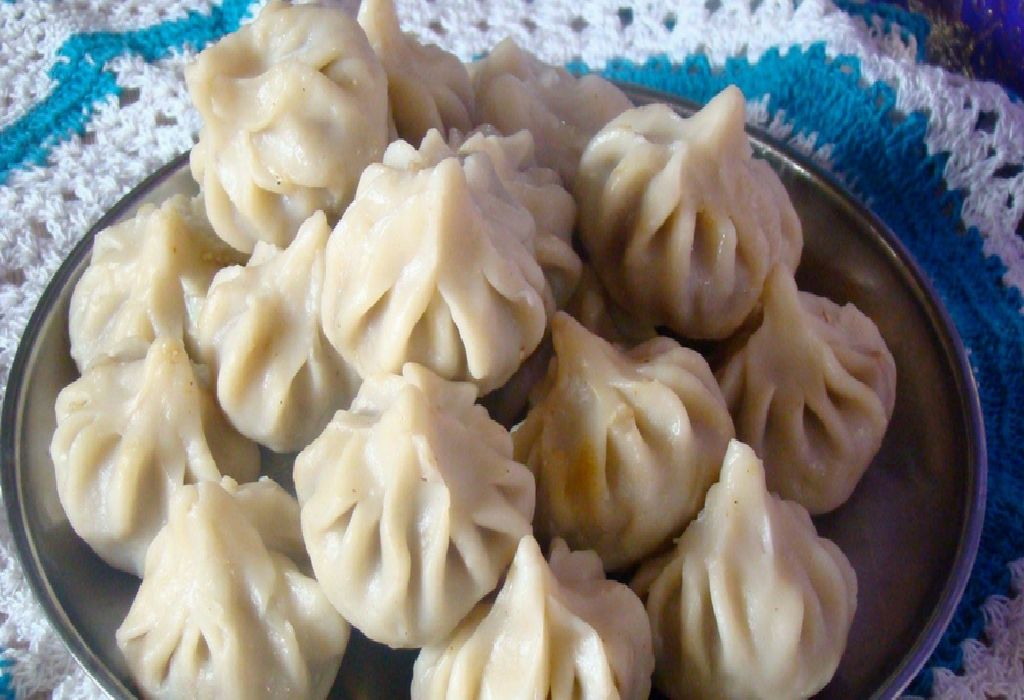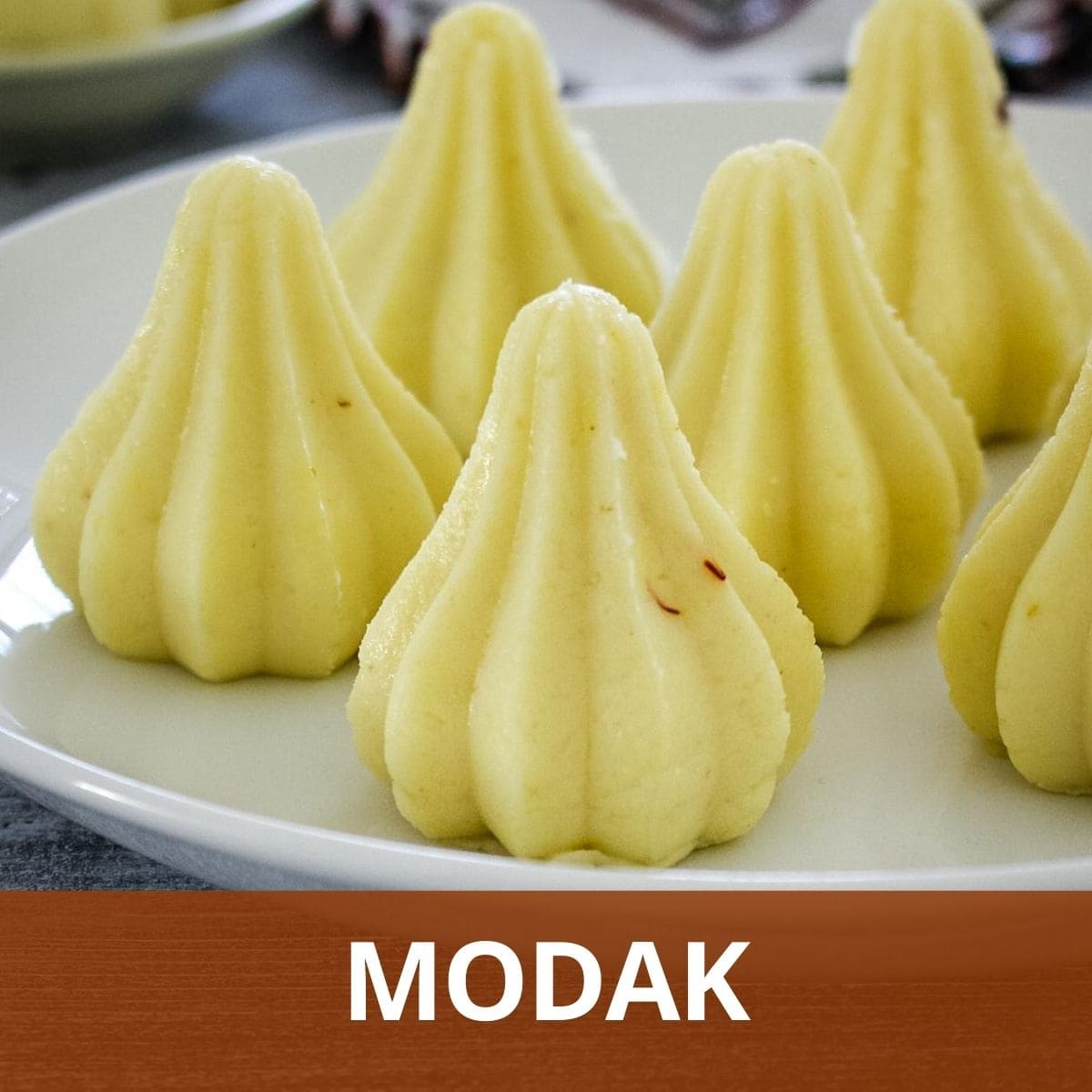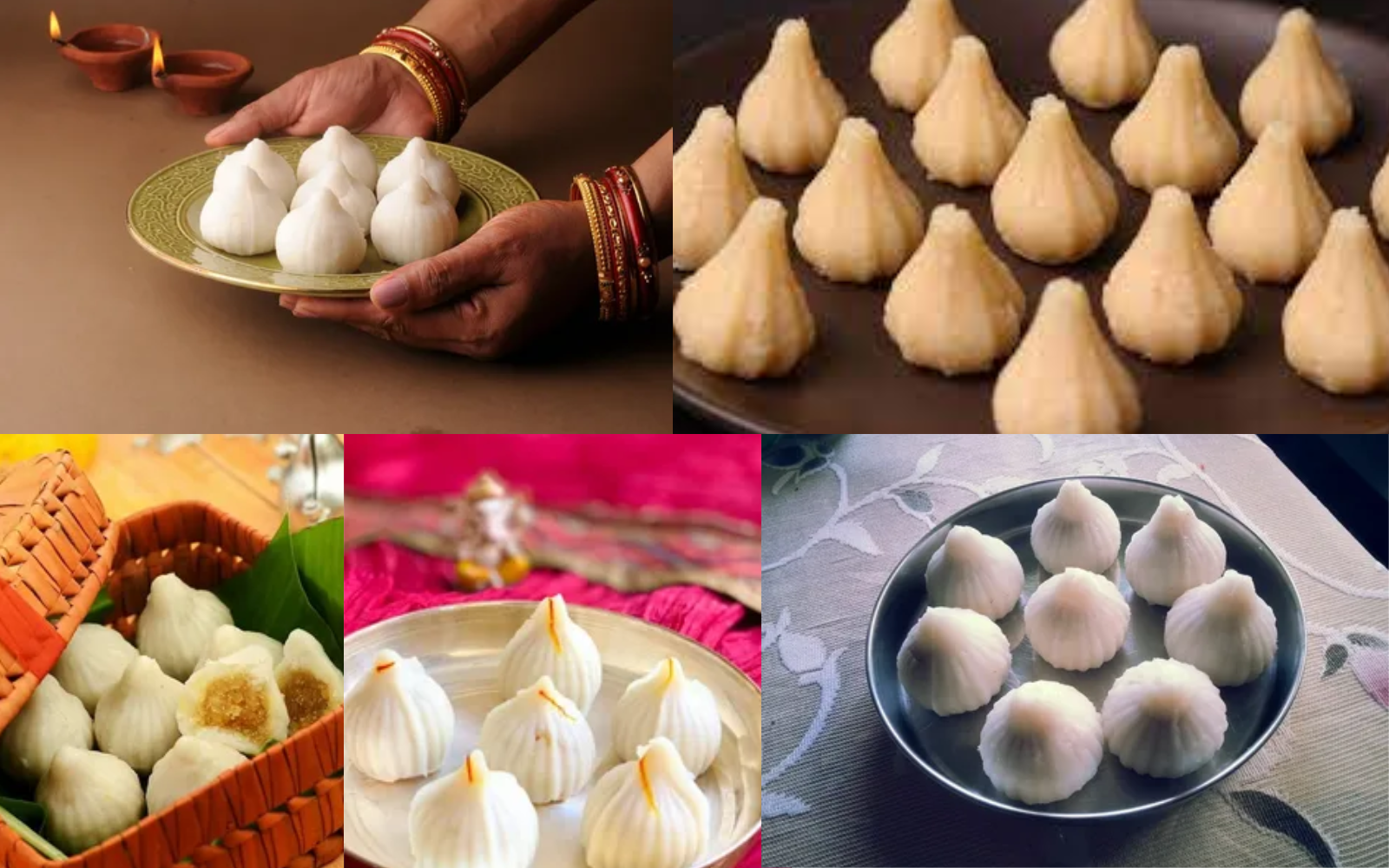Different Types Modak Recipe
Different types modak recipe – Different types of modak recipes take center stage, inviting you on a culinary journey through the heart of Indian culture. Modak, those delightful steamed dumplings, hold a special place in Indian festivities, particularly during Ganesh Chaturthi, a celebration honoring Lord Ganesha.
The sweet and savory fillings, along with the diverse dough variations, create a world of flavor and texture that’s both comforting and celebratory.
From traditional coconut modak to innovative chocolate and paneer variations, this exploration delves into the captivating world of modak, showcasing the diverse culinary traditions and regional influences that make this sweet treat so beloved.
Introduction to Modak
Modak, a beloved Indian sweet, holds a special place in the hearts of many, especially during festivals like Ganesh Chaturthi. This delightful delicacy, made with a sweet filling encased in a soft dough, is not just a treat but a symbol of prosperity and happiness.
Its history and cultural significance are deeply intertwined with the celebration of Lord Ganesha, the remover of obstacles.
The origin of modak can be traced back to ancient times, with variations found in different regions of India. In Maharashtra, where the festival of Ganesh Chaturthi is celebrated with great fervor, modak is considered an essential offering to Lord Ganesha.
The sweet, often made with coconut and jaggery, symbolizes the offering of a sweet treat to the deity.
The symbolism of modak goes beyond its deliciousness. The shape of the modak, resembling a small dome, represents the crown of Lord Ganesha. The sweet filling symbolizes the sweetness of life and the blessings bestowed by the deity. The offering of modak to Lord Ganesha is believed to bring good fortune, prosperity, and happiness.
Types of Modak Based on Filling

Modak recipes are diverse, with variations based on the primary filling used. The most common fillings are sweet, but there are also savory options that offer a unique flavor profile. Here’s a closer look at some popular modak types:
Sweet Fillings
- Coconut Modak:This traditional modak is a classic and widely loved. The filling is made with grated coconut, sugar, and cardamom, offering a rich and aromatic experience. Here’s a recipe for traditional coconut modak:
Ingredients:
- 1 cup grated coconut
- 1/2 cup sugar
- 1/4 teaspoon cardamom powder
- 1 tablespoon ghee (optional)
Instructions:
- In a pan, dry roast the grated coconut until fragrant. Be careful not to burn it.
- Add sugar and cardamom powder to the coconut and mix well.
- If desired, add a tablespoon of ghee for a richer flavor.
- Cook the mixture on low heat, stirring constantly, until the sugar melts and the filling thickens.
- Let the filling cool completely before using it to stuff the modak.
- Jaggery Modak:Jaggery, a traditional Indian sweetener, brings a unique earthy and caramelized flavor to modak. It’s a healthier alternative to refined sugar and adds a distinct depth to the taste.
- Dry Fruit Modak:Dry fruits like almonds, cashews, raisins, and pistachios elevate the richness and texture of modak. They add a delightful crunch and a burst of flavor.
- Chocolate Modak:A modern twist on the traditional modak, chocolate filling offers a decadent and irresistible treat. Dark chocolate, milk chocolate, or even white chocolate can be used, depending on personal preference.
Savory Fillings, Different types modak recipe
- Potato Modak:This savory modak is a popular choice, especially in regions where potatoes are a staple ingredient. The filling is made with boiled potatoes, seasoned with spices like cumin, coriander, and turmeric. It’s a flavorful and satisfying snack.
- Spiced Lentil Modak:A blend of lentils, spices like ginger, garlic, and chili powder, and herbs creates a fragrant and flavorful filling for this modak. It’s a vegetarian option that’s both delicious and nutritious.
- Paneer Modak:Paneer, a fresh Indian cheese, adds a creamy and tangy element to modak. The filling is made with crumbled paneer, seasoned with spices and herbs, offering a unique and delightful taste.
Modak Dough Variations
The dough used for making modak plays a crucial role in its texture and taste. While traditional rice flour dough is the most common, there are other variations that offer unique characteristics.
- Traditional Rice Flour Dough:This classic dough is made with rice flour, water, and a pinch of salt. It’s soft, pliable, and easy to work with. Here’s a recipe for making traditional rice flour dough:
Ingredients:
- 1 cup rice flour
- 1/2 cup water
- Pinch of salt
Instructions:
- In a bowl, mix rice flour and salt.
- Gradually add water, kneading the dough until it forms a smooth and elastic ball.
- Cover the dough with a damp cloth and let it rest for 15-20 minutes.
- Semolina Dough:Semolina, a coarse durum wheat flour, adds a slightly grainy texture and a nutty flavor to modak. It’s a good alternative for those who prefer a slightly denser dough.
- Gluten-Free Dough:For those with gluten sensitivities, rice flour, tapioca flour, or a blend of gluten-free flours can be used to make a delicious and safe modak. The texture might be slightly different from traditional rice flour dough, but the taste remains equally delightful.
The choice of dough depends on personal preference and dietary requirements. Each dough variation offers a unique texture and flavor, adding to the variety of modak experiences.
Shaping and Cooking Methods
Once the dough and filling are prepared, the next step is shaping and cooking the modak. Traditional methods involve steaming, but there are other options that offer different textures and flavors.
Shaping Methods
- Traditional Molding:Modak are traditionally shaped using a special mold, often made of brass or steel. The dough is rolled out, placed in the mold, and pressed to create the characteristic dome shape. The filling is then added, and the top is sealed with a small piece of dough.
- Hand-Shaping:For those without a mold, modak can be hand-shaped. The dough is rolled into small balls, flattened, and filled with the desired filling. The edges are then pinched together to seal the modak.
Cooking Methods
- Traditional Steaming:Steaming is the most common method of cooking modak. The shaped modak are placed in a steamer and cooked until the dough is soft and the filling is cooked through. This method preserves the delicate flavor and texture of the modak.
- Pan-Frying:Pan-frying modak gives them a crispy exterior and a soft interior. The modak are shallow-fried in oil until golden brown. This method adds a delightful crunch to the modak.
- Baking:Baking modak is a healthier alternative to frying. The modak are placed on a baking sheet and baked in a preheated oven until golden brown. This method results in a slightly drier texture but retains the flavor of the modak.
Each cooking method offers a unique texture and flavor profile. The choice depends on personal preference and the desired outcome.
Presentation and Garnishing

The presentation of modak is as important as its taste. A beautifully arranged platter of modak adds to the festive atmosphere and makes the treat even more appealing.
Presentation Styles
- Traditional Platter Presentation:Modak are traditionally arranged on a large platter, often adorned with banana leaves or a colorful cloth. They are placed in a circular pattern, creating a visually appealing display.
- Modern Presentation:Modern presentations often involve creative arrangements, using decorative bowls, trays, or even small individual plates. Modak can be presented alongside fresh flowers, fruits, or other decorative elements.
Garnishing
- Nuts:Chopped nuts like almonds, cashews, or pistachios add a delightful crunch and enhance the visual appeal of modak.
- Dried Fruits:Raisins, cranberries, or other dried fruits add sweetness and a burst of color to the modak.
- Edible Flowers:Edible flowers like rose petals or marigold petals add a touch of elegance and fragrance to the modak.
Garnishes not only enhance the visual appeal but also add to the flavor and texture of modak.
Modak Recipes from Different Regions
Regional variations of modak reflect the diverse culinary traditions of India. Each region has its unique ingredients and cooking methods, resulting in distinct flavors and textures.
Regional Variations
- Maharashtrian Modak:Modak from Maharashtra are known for their sweet and aromatic flavor. They are typically made with coconut, jaggery, and cardamom, and steamed in a traditional mold. The dough is often made with rice flour and a little bit of ghee.
- Gujarati Modak:Gujarati modak are characterized by their use of milk solids and a slightly tangy flavor. They are often made with a filling of khoya (condensed milk), sugar, and dry fruits, and are steamed in a special mold.
- Bengali Modak:Bengali modak, also known as “Narkel Naru,” are smaller and more delicate than their Maharashtrian counterparts. They are typically made with grated coconut, jaggery, and a touch of ghee, and are steamed in a small, round mold.
Exploring the regional variations of modak is a delightful culinary journey, offering a glimpse into the rich and diverse food culture of India.
Modern Innovations in Modak Recipes

Traditional modak recipes have been adapted and innovated to create contemporary versions that cater to modern tastes and dietary preferences.
Modern Adaptations
- Fusion Modak:Fusion modak combine traditional flavors with modern ingredients, creating unique and exciting taste combinations. For example, a modak filled with chocolate and cardamom or a modak with a mango and coconut filling.
- Vegan Modak:Vegan modak are made with plant-based ingredients, catering to those following a vegan diet. The filling can be made with coconut milk, jaggery, and nuts, and the dough can be made with rice flour or tapioca flour.
- Gluten-Free Modak:Gluten-free modak are made with gluten-free flours like rice flour, tapioca flour, or almond flour. They are a delicious and safe option for those with gluten sensitivities.
Modern innovations in modak recipes showcase the versatility and adaptability of this traditional sweet, ensuring that it continues to delight generations to come.
Closing Summary: Different Types Modak Recipe
As you embark on your own modak-making adventure, remember that the joy lies not just in the final product, but in the process itself. Each bite is a celebration of tradition, creativity, and the spirit of togetherness. Whether you choose to stick with classic recipes or venture into modern interpretations, the world of modak offers endless possibilities for culinary exploration and cultural connection.




Post a Comment for "Different Types Modak Recipe"